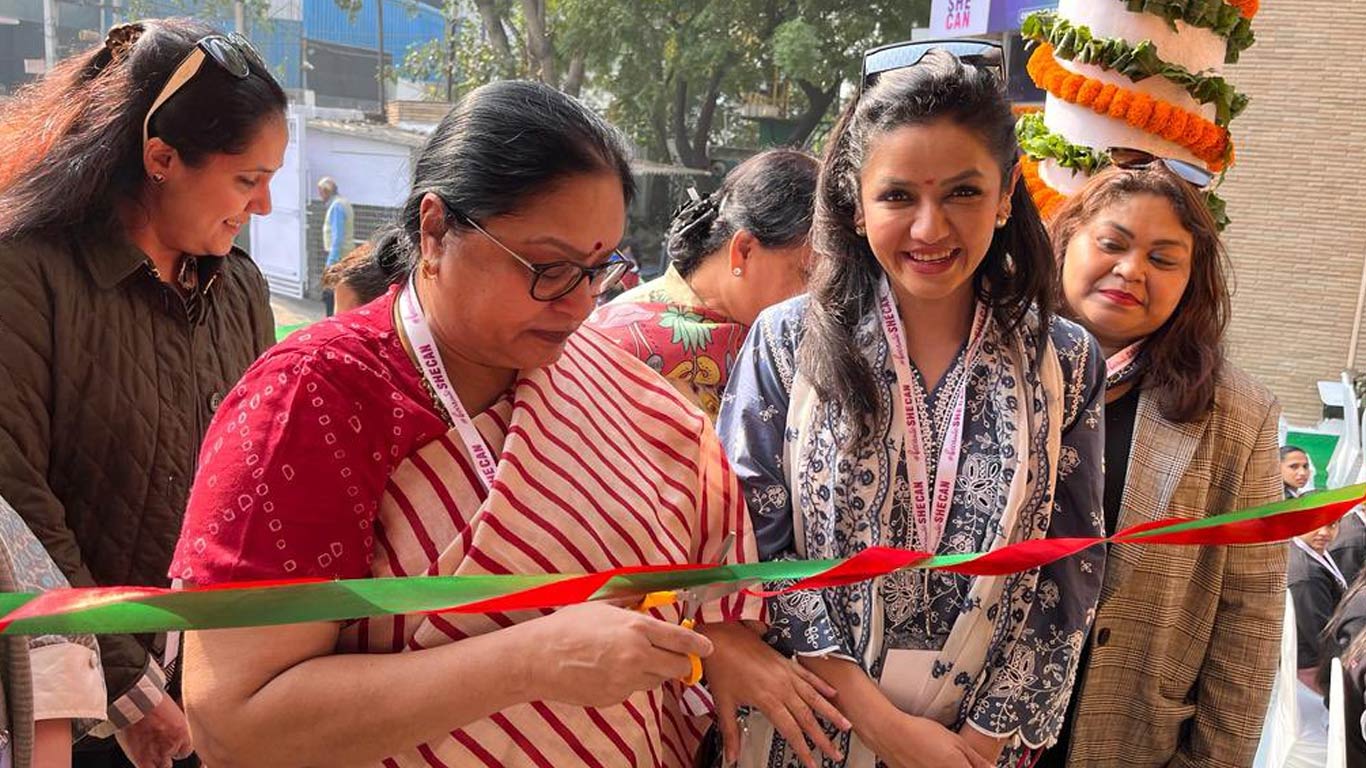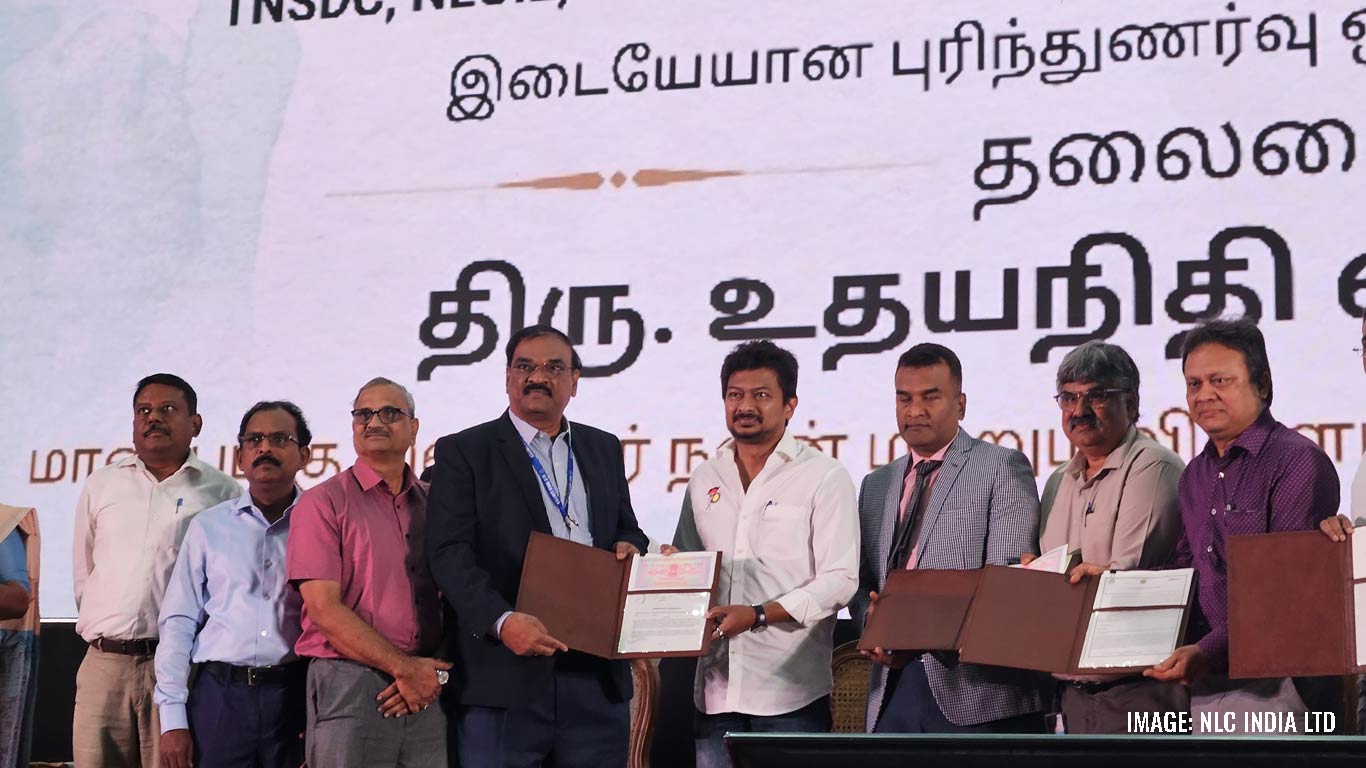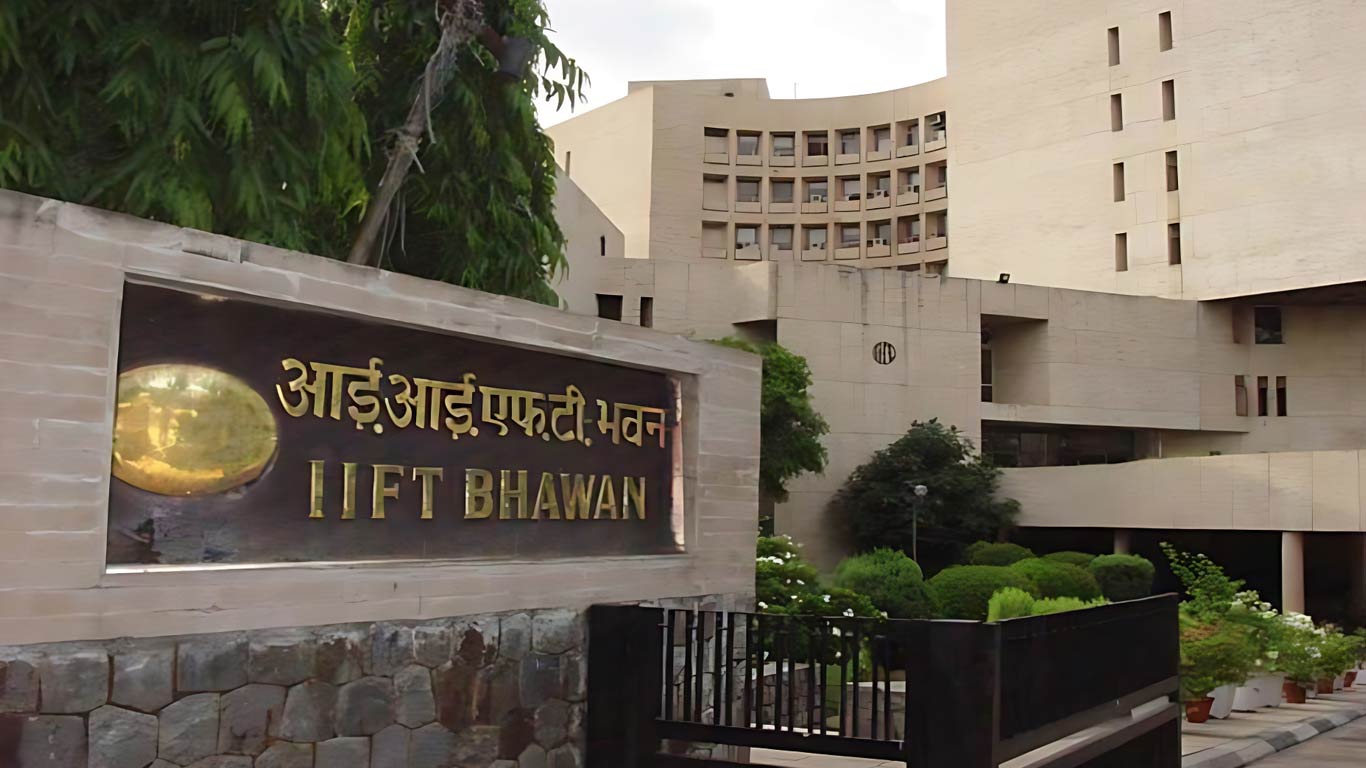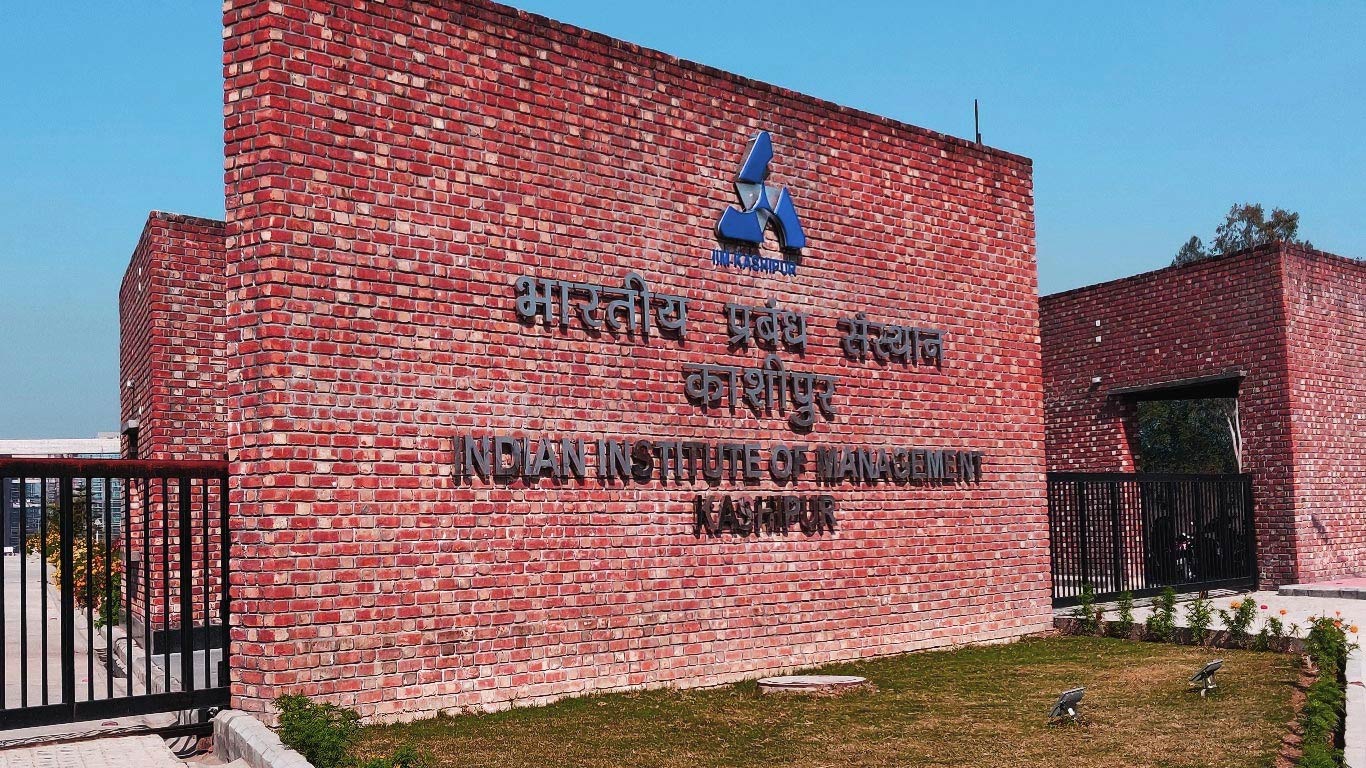SEZs: creating Infrastructure, changing landscape
Updated: Jun 12, 2013 01:37:53pm

Kolkata, Jun 12 (KNN) Around fifty-five kilometres from the capital of the eastern state of West Bengal, Kolkata, and with river Hooghly flowing on its west, is located a Special Economic Zone in Falta. With the setting up of the SEZ in the district of South 24 Parganas, the place became well connected by a developed network of roads, two ports and an international airport. Along with 24-hours water supply, uninterrupted power supply, FSEZ offers a truly supportive environment by providing simplified procedures for investors.
This facelift to Falta happened after the Government conceived the Special Economic Zones (SEZs) Policy in 2000. Hindsight suggests that the Government started working towards the sole goal of rectifying the shortcomings of the EPZ model as it was not able to give a fillip to export promotion because of various roadblocks, namely, multiplicity of controls and clearances, absence of world-class infrastructure, and an unstable fiscal regime. It was then, when the ideation of SEZ came into being. The new Policy aimed at making SEZs the engines for economic growth complemented by quality infrastructure, attractive fiscal package – both at the Centre and State level. After working on various loose ends, a comprehensive Special Economic Zones Act, 2005, was passed by the Indian Parliament in 2005, which provided for simplification of procedures and for single window clearance on matters relating to central and state governments. The new Act envisaged generation of additional economic activity, promotion of exports of goods and services, promotion of investment from domestic and foreign sources, creation of employment opportunities and development of infrastructure facilities.
Coming back to the Falta Special Economic Zone, it needs to be stated that this SEZ, which was approved by the Government in 1984, has since then, left a remarkable mark in the local area of its set-up in terms of direct as well as indirect employment, emergence of new activities, change in the consumption pattern and social life, and positive changes in human development facilities such as education, healthcare, among others.
The Falta SEZ is home to four unique units, namely, Vikram Solar Private Limited, J V Gokal and Company Private Limited, Carbide Cutting Tools Private Limited and Cheviot Company Limited. These units are unique, because apart from helping in employment generation and engaging the local population, they are engaged in producing eco-friendly and biodegradable products, along with undertaking a number of green initiatives.
Established in the year 2006, Vikram Solar is into the manufacturing and sale of solar photovoltaic modules and systems that can produce clean and green energy, hence leading to sustainable environmental development. It also engages itself in a continuous process of improving environmental performance and developing systems by providing appropriate training to the employees. In the year 2010, the Vikram Group of Industries launched a Rs. 100 crore 25 MW solar photovoltaic module manufacturing plant at FSEZ. Vikram Solar is unique for its green products and is the only company in India to use Electroluminescence Test for cells before using in the Modules.
A company known for its high woman employability, J V Gokal & Co. Pvt. Ltd. is a sixty-year-old tea exporting company in India. It expanded its operation in Falta in 2006. Touted to be among the top five tea exporter company from India, it involves 80 per cent women in value added tea packaging jobs.
A manufacturer and exporter of industrial cutting tools, Carbide Cutting Tools Pvt. Ltd. is established in the FSEZ with 125 employees working for the production of drills, endmills and various other special tools. The company’s annual turnover for the April-March 2012 period was Rs 18.06 crore, all of which is from CCT’s works at FSEZ. CCT has one of the best designs and quality benefiting from world class research and development from OSG Japan. The end users of its products include the likes of Boeing, Honda, General Motors, L&T, Ashok Leyland and Tata among others.
Cheviot Company Limited is one of the leading manufacturers and exporters of fine jute yarn. In 2003, the company set up a 100 per cent Export Oriented Unit in FSEZ. The company uses traditional jute yarn to manufacture superior quality industrial fabrics. Cheviot has a state-of-the-art manufacturing facility, with all its products being eco-friendly and biodegradable.
The M L Dalmiya & Company Ltd. developed IT/ITES SEZ is located in Bantola. The Green Tech Park is an IT park which is located in a remote location at the Bantola SEZ. It houses IT major Cognizant’s office, which officially inaugurated its operations in the Green Tech Park in January 2011. The SEZ facility here is spread over an area of 20 acres. Cognizant, here, is committed to providing its associates with a best-in-class, healthy and safe work environment. It has also engaged in a number of green initiatives, which includes encouraging its employees to dispose their e-waste responsibly.
The Manikanchan SEZ, located close to the Kolkata Airport is one of the first SEZ providing world class infrastructure to the exporters of gems and jewellery. Spread over an area of five acres, it is also home to Shree Ganesh Jewellery House (I) Ltd. The company has large state-of-art manufacturing facilities in Manikanchan SEZ. It employs around 600 employees at their plants located in the SEZ. The Jewellery House has won the Gems & Jewellery Export Promotion Council’s Outstanding Performance of Exports from EOU/SEZ-Plain Gold Jewellery for five consecutive years from 2007 to 2012.
Hence, the Government has been successful in achieving of what it had thought of in the Special Economic Zones Act. The overwhelming response to the SEZ scheme is evident from the flow of investment and creation of additional employment. The SEZ scheme has generated tremendous response amongst investors, both in India and abroad. In addition to earning of foreign exchange and development of infrastructure, SEZs have also created a significant local area impact in terms of direct as well as indirect employment, emergence of new activities, changes in consumption pattern and social life, human development facilities such as education, healthcare etc., as in the case of Falta SEZ, and many alike. (PIB-KNN)












